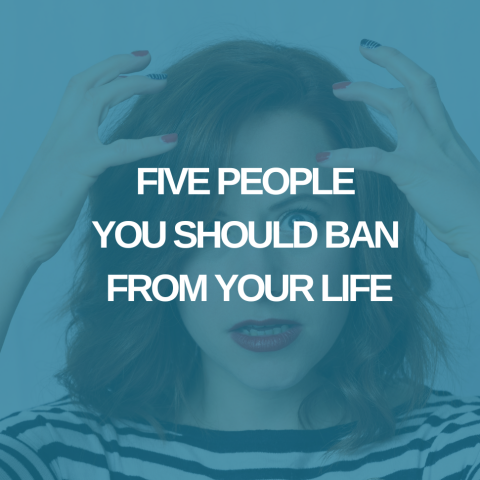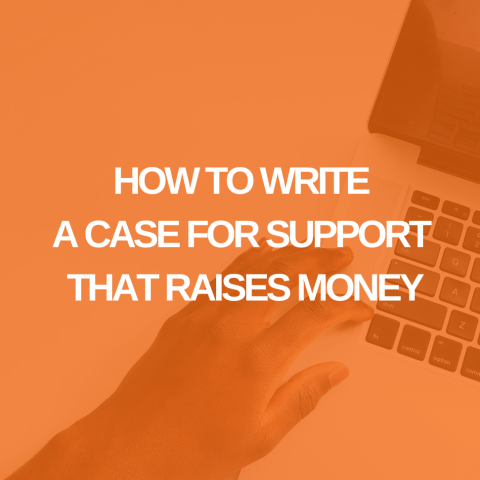Does Color Influence Conversion?
By Chris Ward
As you’re choosing a color scheme for your brand, website or even your office, you might find yourself wondering if there could be more than meets the eye when it comes to your preferred palette. Do different colors evoke different emotions, elicit certain behaviors or drive decisions? In other words, is there some psychological formula that can take your swatch and turn it into a sale?
People have tried to make these “colorful” arguments for decades: “Red means danger,” (or does it mean love?) “Blue is trustworthy” (but also another word for sadness) and "Men don't like orange" (say that to die-hard UT fans). While we all wish we had a marketing mood ring that assigned emotions to hues, the reality is that it’s HOW you use your colors, not what colors you use that makes all the difference.
If used in a tasteful and professional manner, any color can be an effective tool to contribute to the attractiveness of your brand. Well-developed color palettes are mathematical. It’s actually far more about the relationship of the colors to each other than the colors themselves.
For example, if you want to convey a sense of elegance and "high end" with a limited product or services offering, you need to use sets of colors that are closely related and have subtle differences. Prime example: Anthropologie.
If you need to represent a brand that will have a very broad set of offerings, it is advisable to set the color palette up to have a relative selection of colors that can be used amongst each other in combination with paired neutrals.
If you need to be perceived as an innovative alternative to the rest of your market's competitors, and they are all represented with shades of blue, then you need to look at using alternative colors in your branding. On the other hand, if you want to be perceived as the legacy "high end" expert amongst competitors that all use shades of blues; then it would be wise to explore the use of bright blues along with pale blues and effective, subtle neutrals in combination with classic typefaces.
It's about the math. Elegance = small, subtle shifts in tone. Energy = broad, wide differences between bright colors.
The same can be said for music. High energy compositions are organized, but tonally, all over the place. Calm, adagio-esque compositions contain subtle, gentle shifts.
This is why kids’ brands can be any colors, but are usually a wide spectrum of combinations, while color palettes that appeal to mature individuals usually contain more neutrals and are subtle in visual relation.
At the end of the day, color is a tool that must be used intentionally and has functionality of its own. Knowing how to use color correctly gives you flexibility in the scheme you choose and keeps you from having to draw upon subjective justifications like those suggested through the psychology of color.














